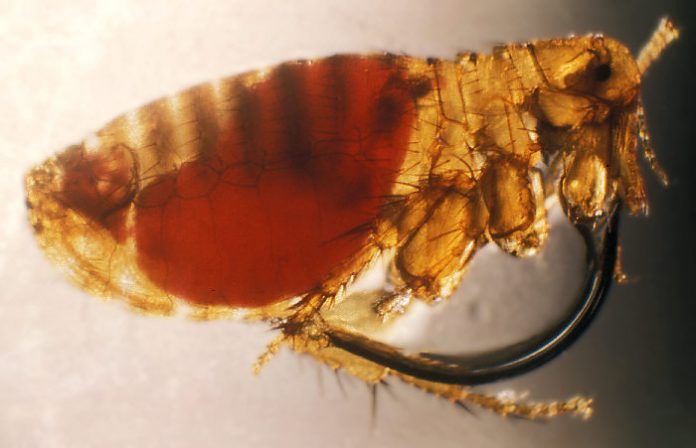A man from Rio Arriba County has died of septicemic plague, according to the New Mexico Department of Health. NMDOH says this is the first human plague death in New Mexico this year and the second human plague case overall. NMDOH also says this is the first human plague-related death in New Mexico since 2015 and there was a single human plague case in 2019 in a 72-year-old man from Torrance County with no human plague cases in 2018.
“Plague activity in New Mexico is usually highest during the summer months, so it is especially important now to take precautions to avoid rodents and their fleas which can expose you to plague,” said Department of Health Secretary Kathy Kunkel in a press release Friday.
NMDOH says an environmental investigation will take place at the man’s home to look for any ongoing risk to immediate family members, neighbors and others in the surrounding community. According to NMDOH, plague is a bacterial disease of rodents and is generally transmitted to humans through the bites of infected fleas but can also be transmitted by direct contact with infected animals, including rodents, wildlife, and pets. NMDOH says pets that are allowed to roam and hunt can bring infected fleas from dead rodents back into the home, putting household members at risk.
To prevent plague, NMDOH recommends the following:
Avoid sick or dead rodents and rabbits, and their nests and burrows
Prevent pets from roaming and hunting
Talk to your veterinarian about using an appropriate flea control product on your pets as not all products are safe for cats, dogs, or your children.
Clean up areas near the home where rodents could live, such as woodpiles, brush piles, junk and abandoned vehicles.
Have sick pets examined promptly by a veterinarian.
See your doctor about any unexplained illness involving a sudden and severe fever.
Put hay, wood, and compost piles as far as possible from your home.
Don’t leave your pet’s food and water where rodents and wildlife can get to it.
NMDOH says symptoms of plague in humans include sudden onset of fever, chills, headache, and weakness and in most cases, there is a painful swelling of the lymph node in the groin, armpit or neck areas. NMDOH says plague symptoms in cats and dogs are fever, lethargy and loss of appetite.
NMDOH says with immediate diagnosis and appropriate antibiotic treatment, the fatality rate in people and pets can be greatly reduced.
Lastly, NMDOH says there have been two animal plague cases in New Mexico in 2020: one dog and one cat both Santa Fe County. There were two animal plague cases in 2019, a dog from Quay County and a cat from Santa Fe County; and three animal plague cases in 2018, two dogs from Santa Fe County and one dog from Torrance County.
































